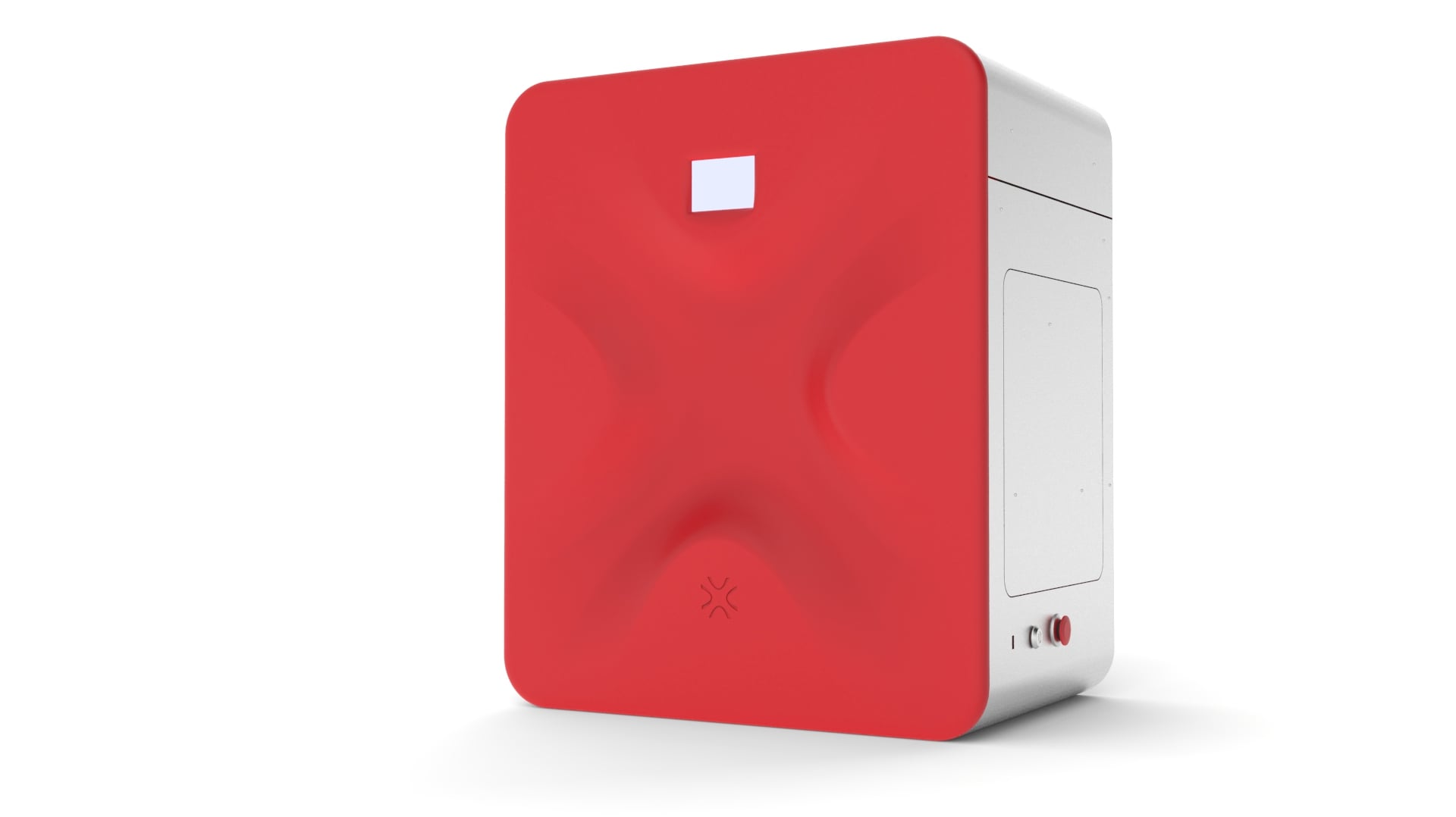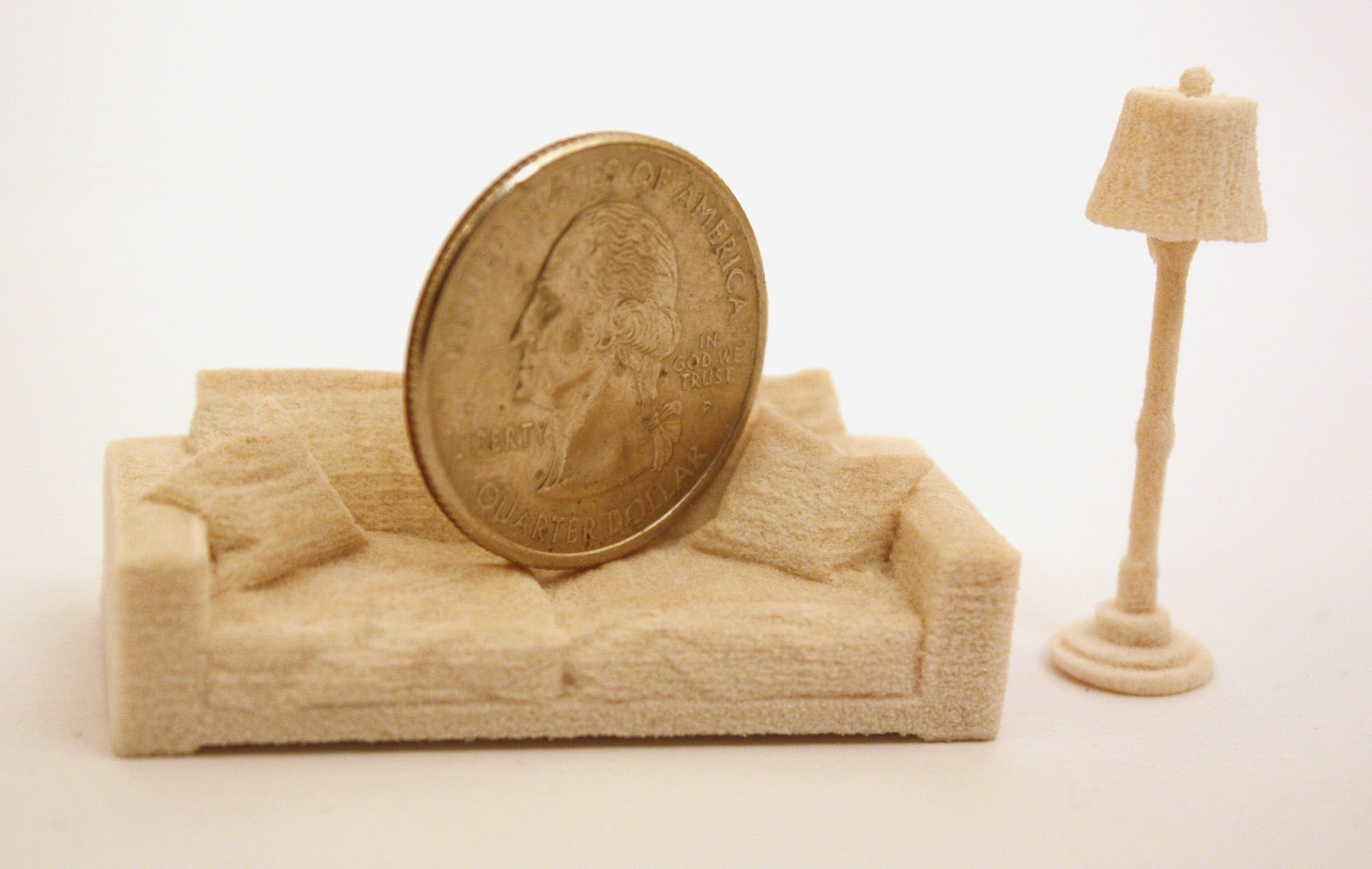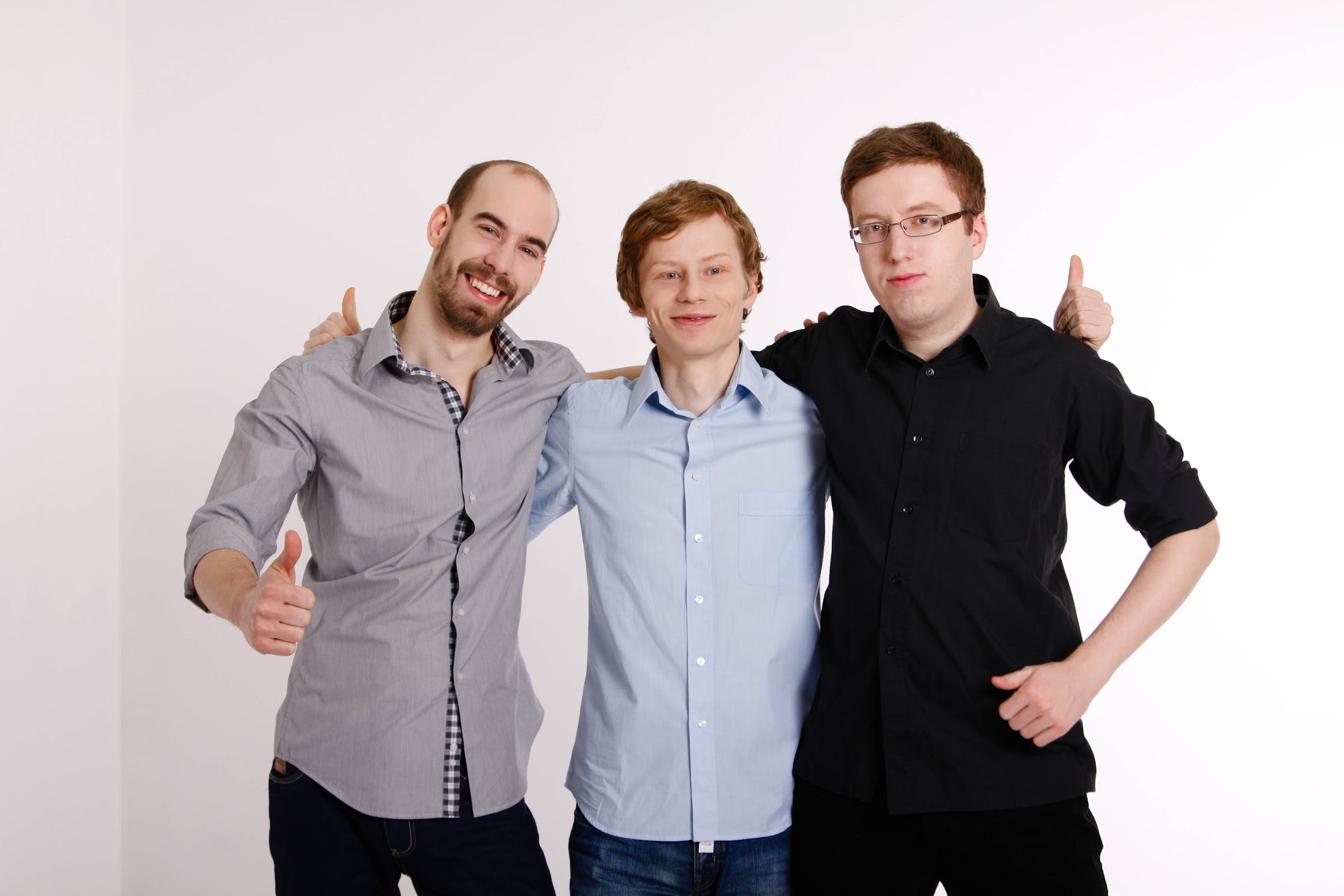Remember those fellows building a new lower-cost laser-sintering 3D printer? They’ve been quite busy working on Sinterit.
While there have been many low cost filament-extrusion 3D printers developed over the past years, and UV-curable resin 3D printers as well in recent years, there have been very few attempts at making a powder-based laser sintering machine.
This 3D printing process involves using a high power laser to selectively melt portions of a flat powder bed. Typically finely powdered nylon PA-12 is used as a material. Currently this process is in the realm of expensive industrial machinery from such manufacturers as EOS and 3D Systems.
If Sinterit succeeds, it could provide a way for many more people to access this powerful 3D printing process, which is capable of producing very strong parts in very high levels of detail. Check out the image here of a sample print from the Sinterit prototype machine.
Sinterit is being developed by three engineers from Krakow, Poland: Paul Szczurek, Konrad Głowacki and Mike Grzymała-Moszczyński, who hope to produce the Sinterit 3D SLS printer for a retail cost of less than USD$5,000.
One of the biggest challenges they’ve faced is temperature, which turns out to be much more complex than seen in simpler plastic extrusion 3D printers, where you need only monitor the hot end and print bed temperatures.
In laser sintering, they’ve discovered that you must independently and precisely (with 2 degrees C) several zones within the printing process. They explain:
The first and the most important part of the SLS printer is not its laser, as is commonly thought, but its heating system. Depending on the type or manufacturer there are at least 3 zones that should be heated. Firstly, the “Feed zone” – this is where the new unused powder is stored. Secondly, the “Print bed” – this is where the printing occur. Lastly, the “Cylinder zone” – this is where the printed object is stored until it is ready to be removed. All these zones have different temperatures and have to be precisely controlled (+/-few degrees C). If the temperature is off by 2C on a part of the print bed the print could be ruined.
There’s no word yet on when the Sinterit device will become available, but it could shake things up when it does. For now, you’ll have to be satisfied with the new image of the prototype above.
Via Sinterit




